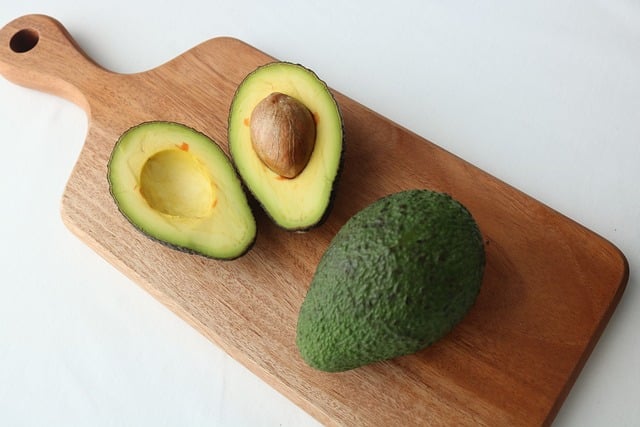When it comes to preparing for childbirth, most women focus on strength, endurance, and flexibility. But emerging research is pointing to an unexpected game-changer: relaxation-based training. Rather than high-intensity workouts or rigorous strength-building, deep relaxation techniques, including specific breathing exercises and passive stretching, are proving to be some of the most effective ways to prepare the body for labor and delivery.
Why Relaxation Matters More Than You Think
Labor is as much a mental process as it is a physical one. When the body is tense, the pain response intensifies, and muscles—including the uterus—work less efficiently. Traditional birth preparation has often emphasized building physical stamina, but experts are now recognizing that teaching the body to relax under pressure can make labor more manageable and even shorter.
Relaxation-based exercises work by lowering cortisol levels, improving oxygen flow, and allowing the body’s natural pain-management systems to function optimally. Techniques such as progressive muscle relaxation, diaphragmatic breathing, and mindfulness-based movement (like gentle yoga) help keep stress hormones in check, reducing unnecessary tension during contractions.
The Science Behind the Shift
Research has shown that women who incorporate relaxation-focused exercises into their birth preparation experience lower levels of perceived pain and often require fewer medical interventions. A study on mindfulness-based childbirth training found that women who practiced relaxation techniques had shorter labors and lower rates of epidural use. Another study highlighted the benefits of breathing exercises, which help regulate the autonomic nervous system, keeping the body in a calm and efficient state during labor.
Practical Techniques to Try
- Diaphragmatic Breathing: Deep, controlled breathing that expands the diaphragm helps manage pain and keeps the body relaxed during contractions.
- Progressive Muscle Relaxation: Practicing intentional muscle release from head to toe can train the body to let go of tension during labor.
- Gentle Stretching and Mobility Exercises: Movements that encourage hip opening and pelvic relaxation, like the butterfly stretch or cat-cow pose, support optimal positioning for birth.
- Guided Visualization: Listening to calming birth affirmations or visualizing a smooth delivery can help reduce fear and anxiety, which are known to slow down labor.
The Takeaway
Traditional strength-building exercises still have their place in pregnancy fitness, but relaxation-based training is proving to be a powerful tool in birth preparation. By learning how to release tension rather than resist it, women may experience smoother, more controlled labors. As counterintuitive as it may seem, the key to an easier birth may not be in pushing harder—but in letting go.








